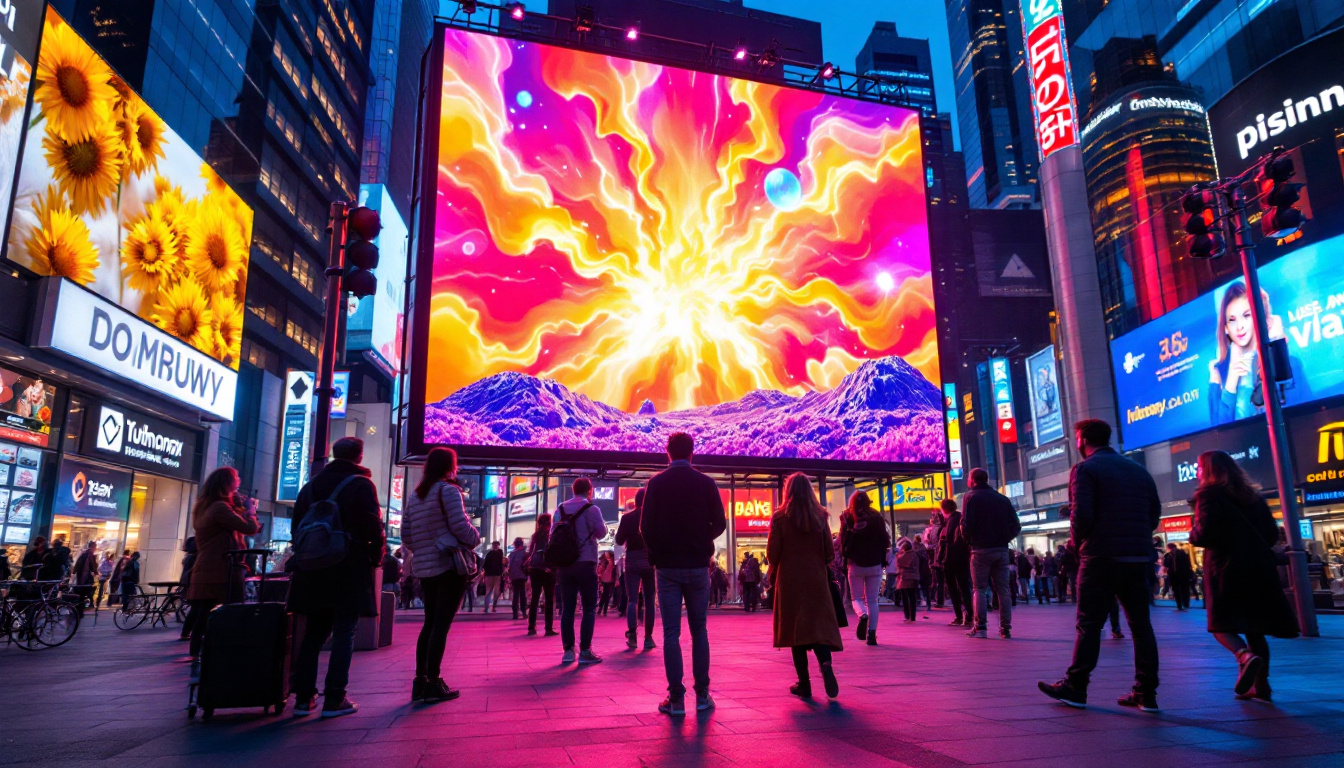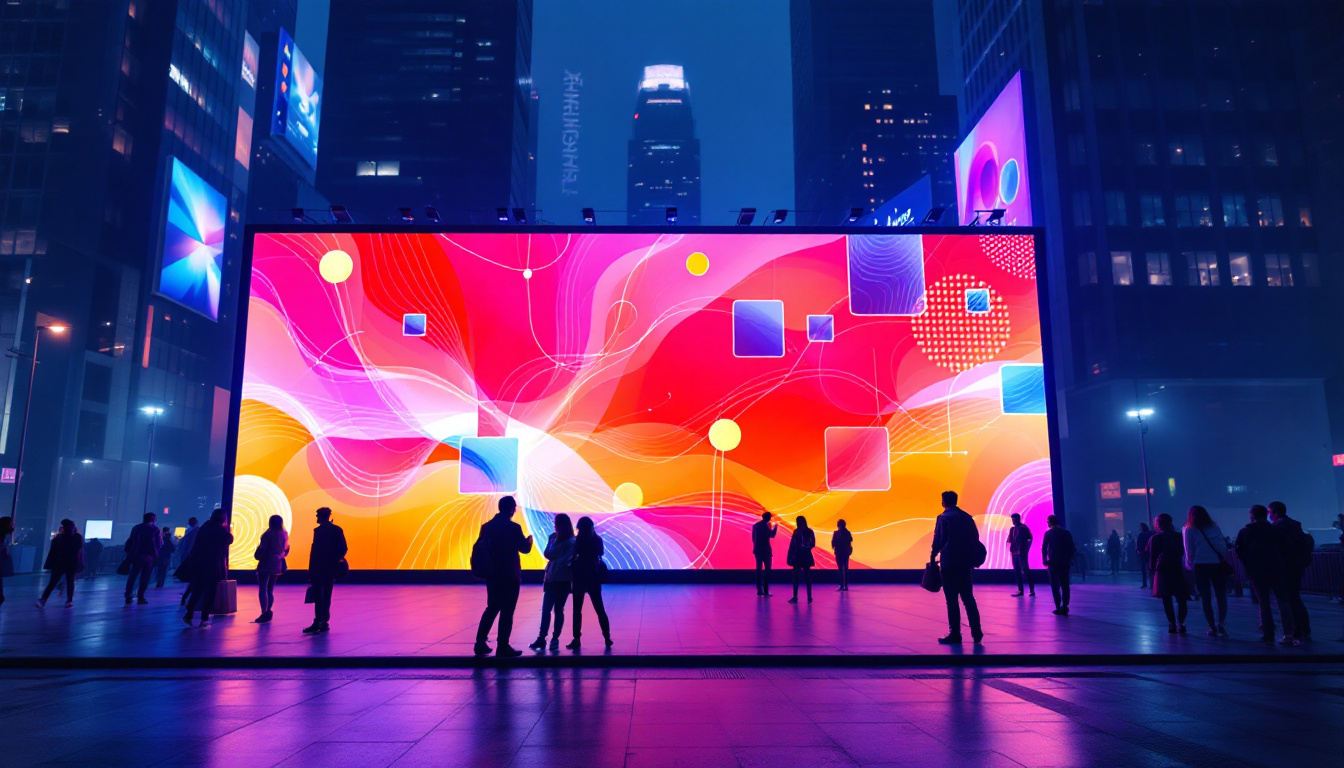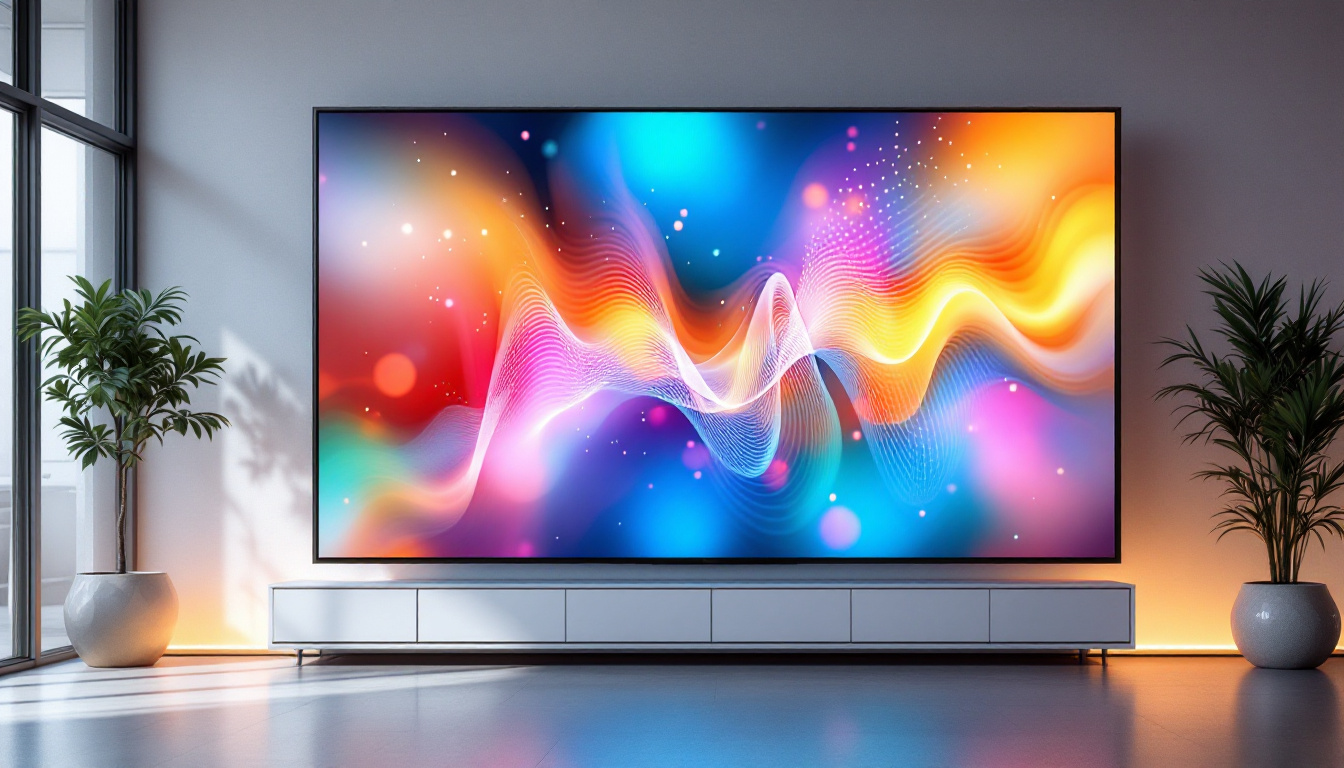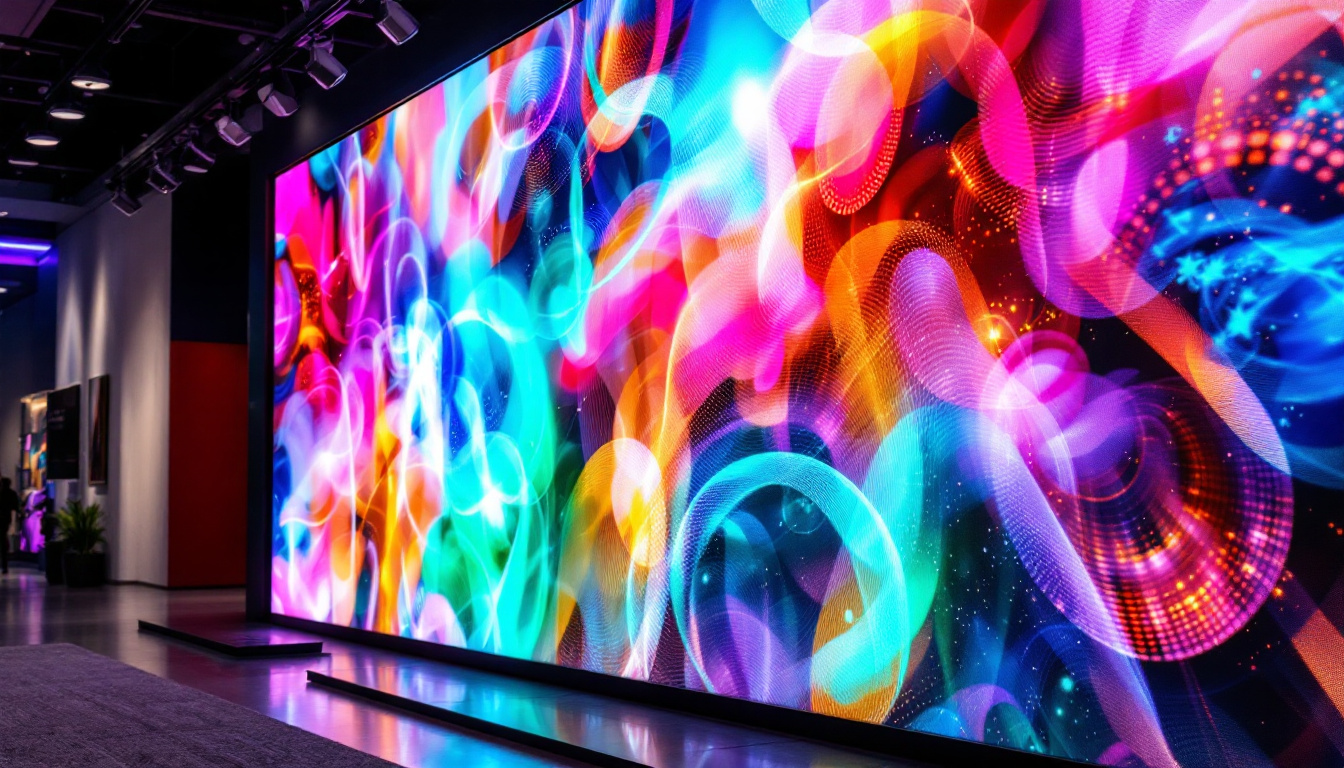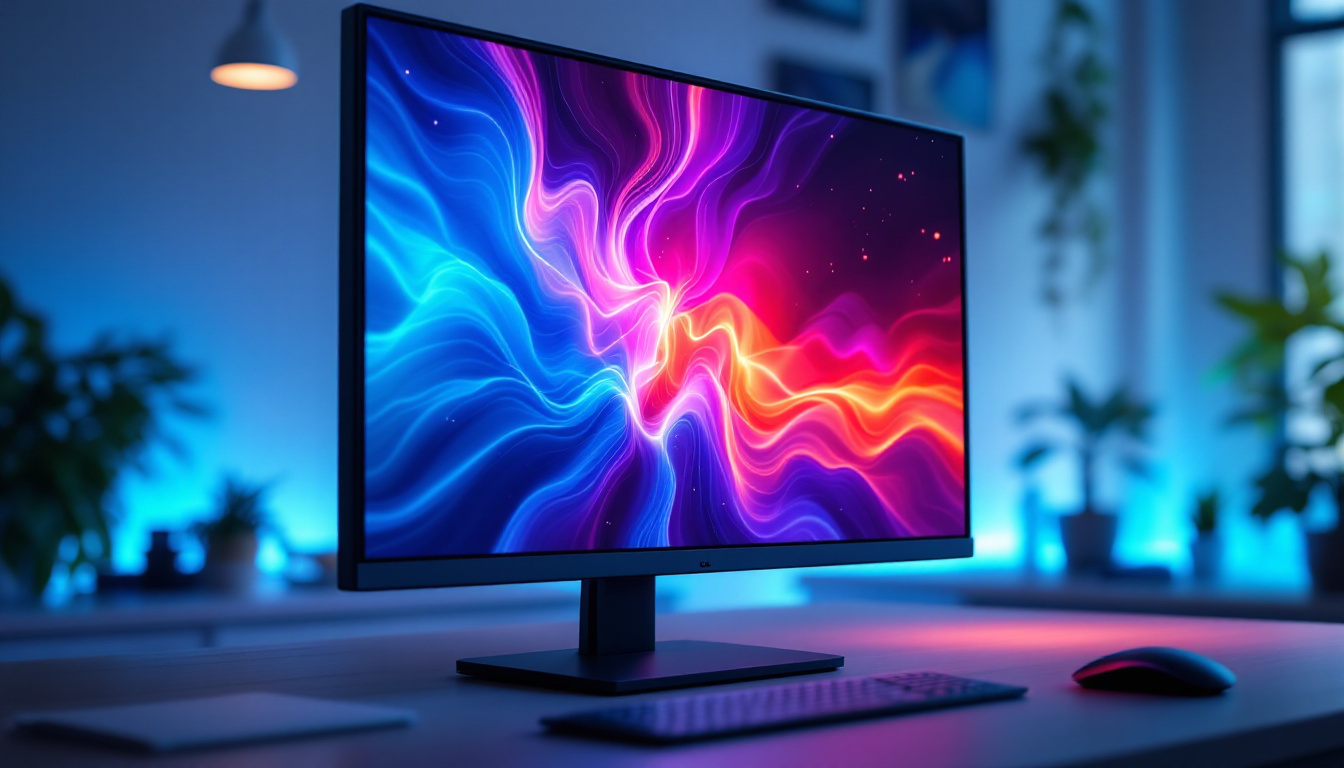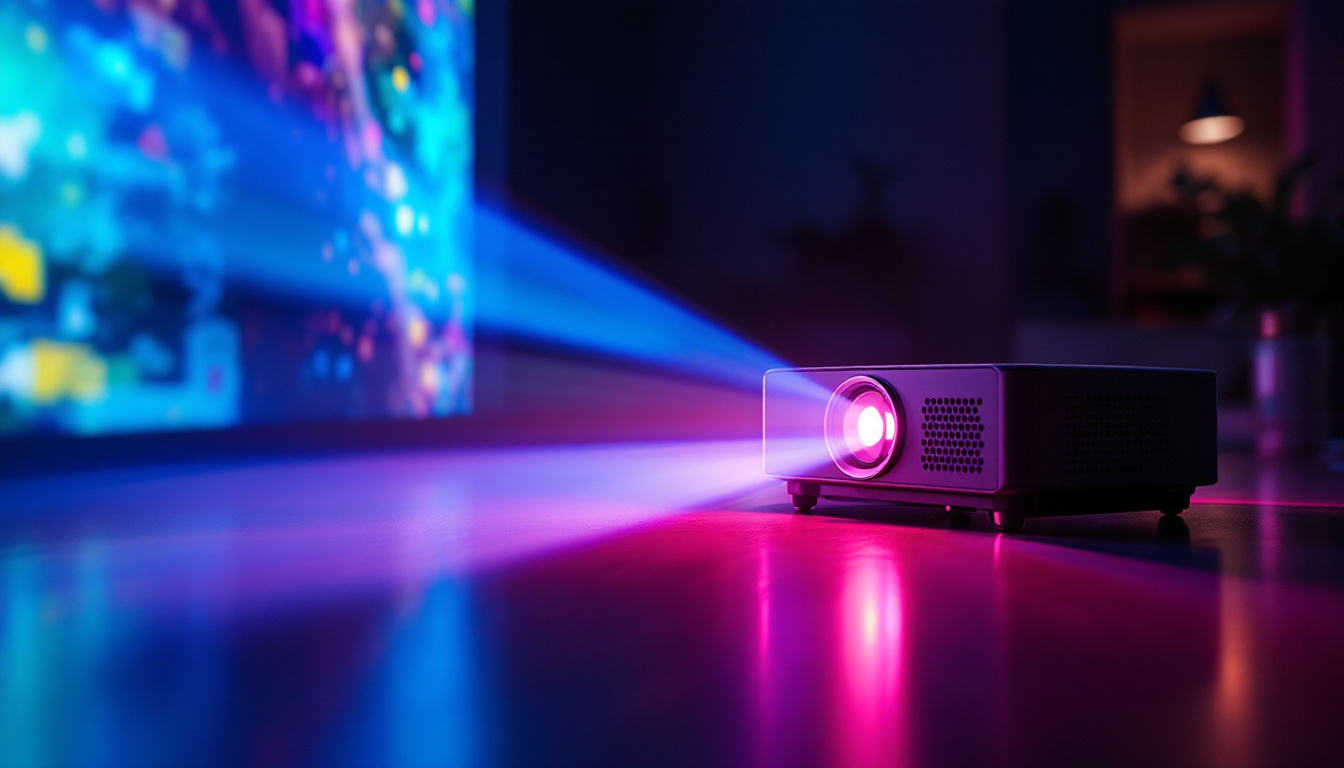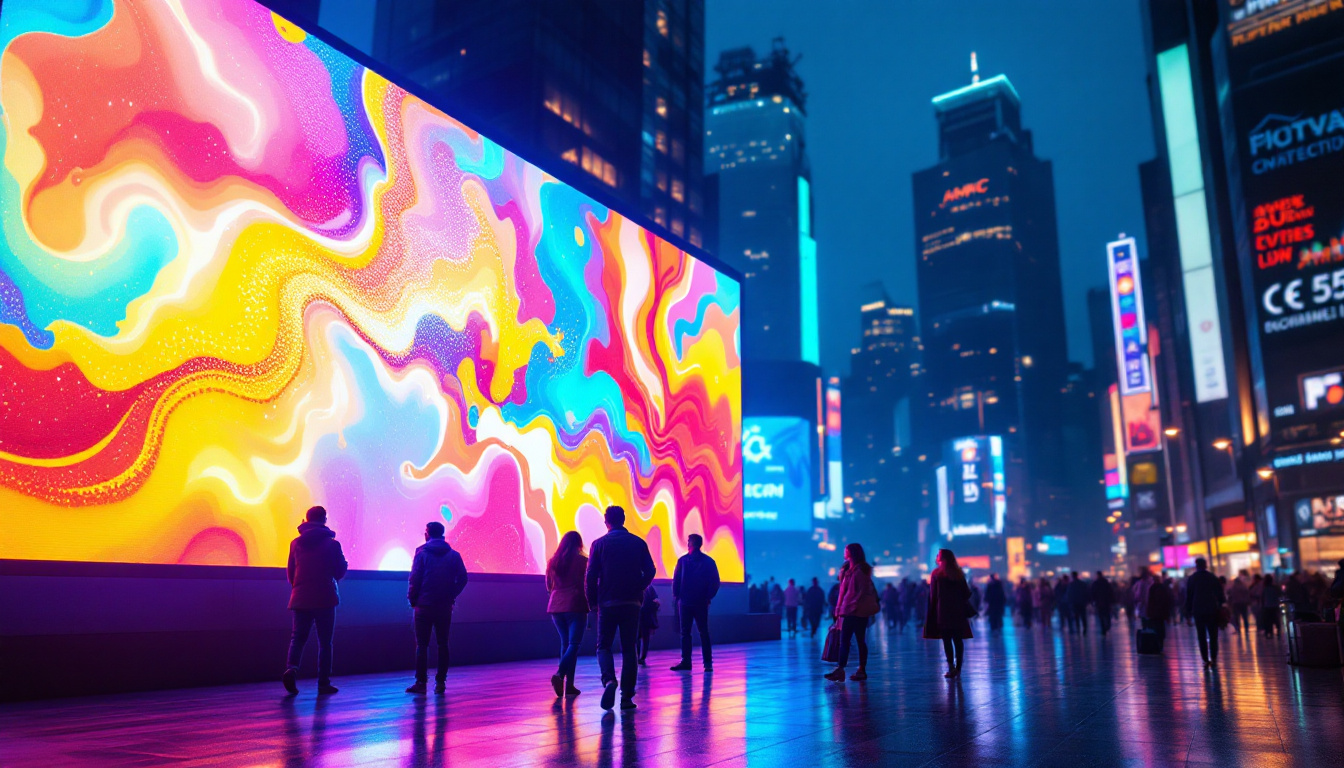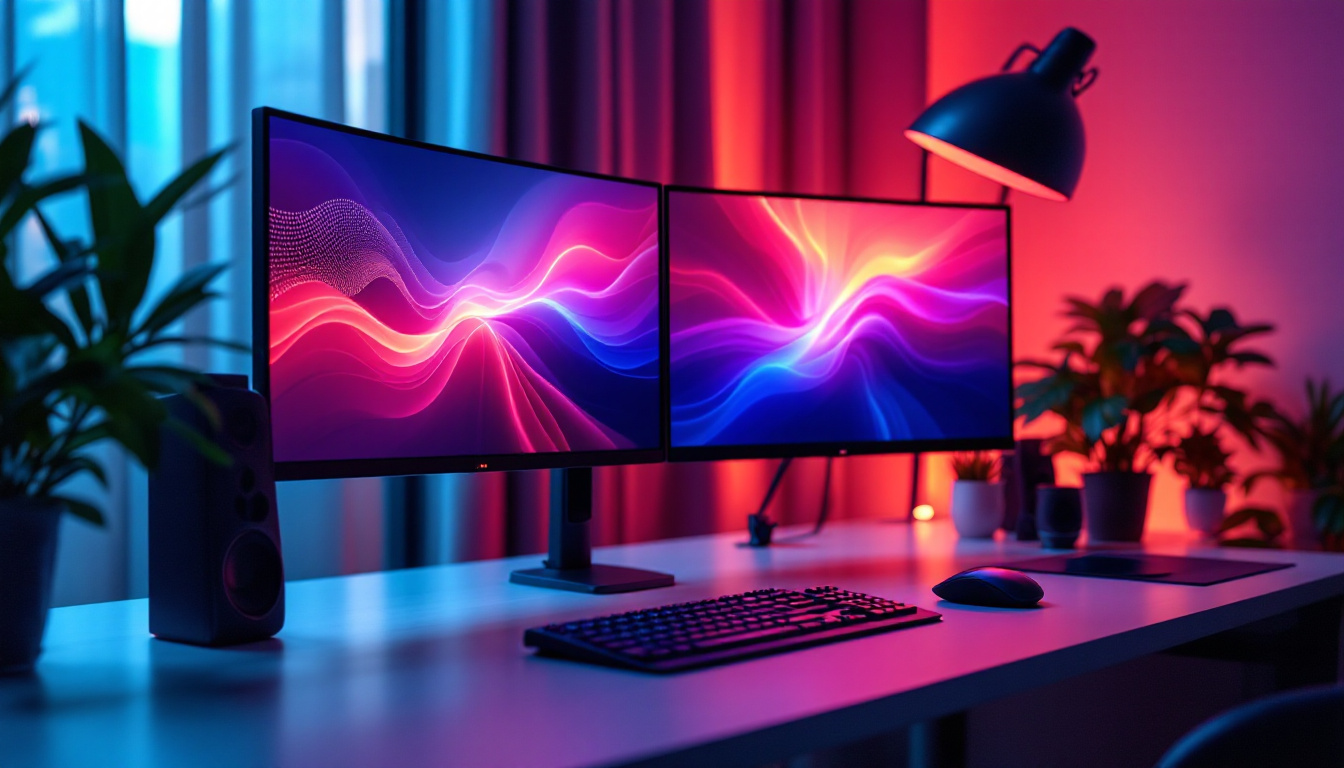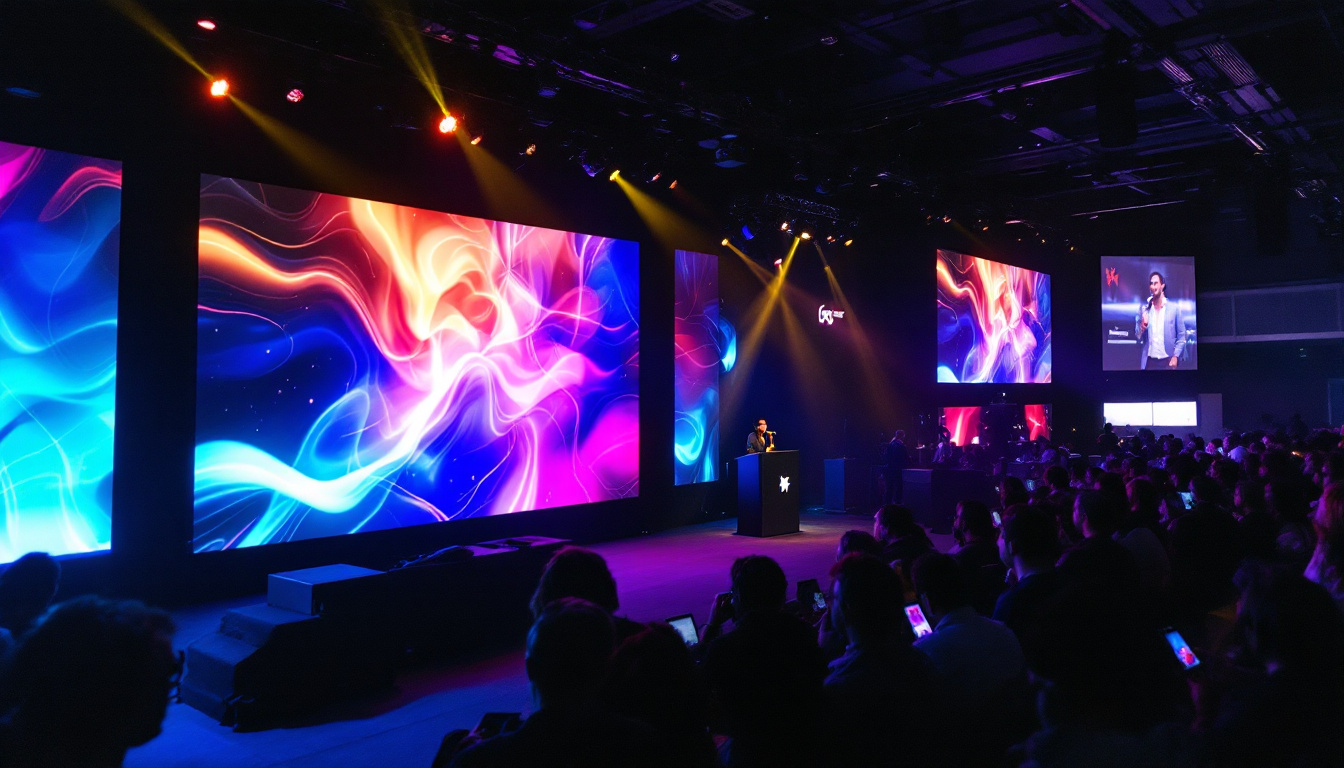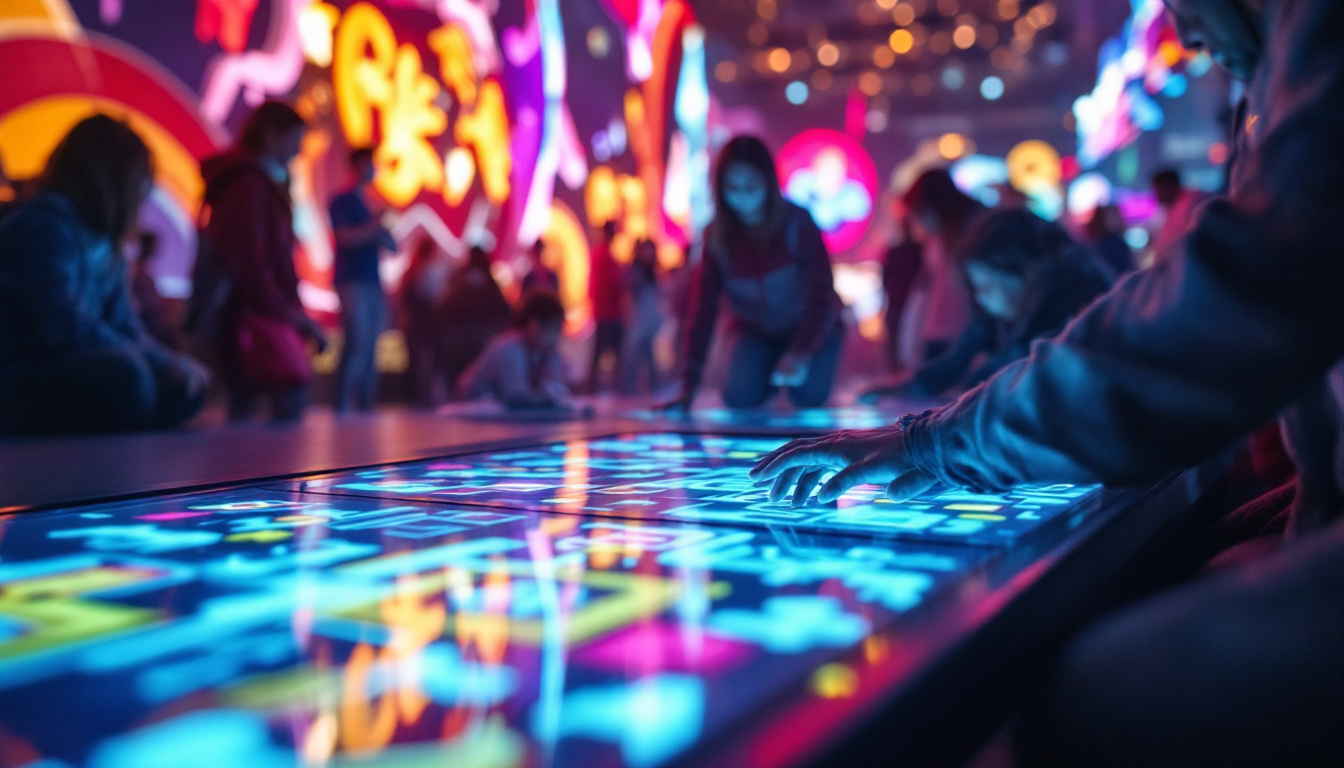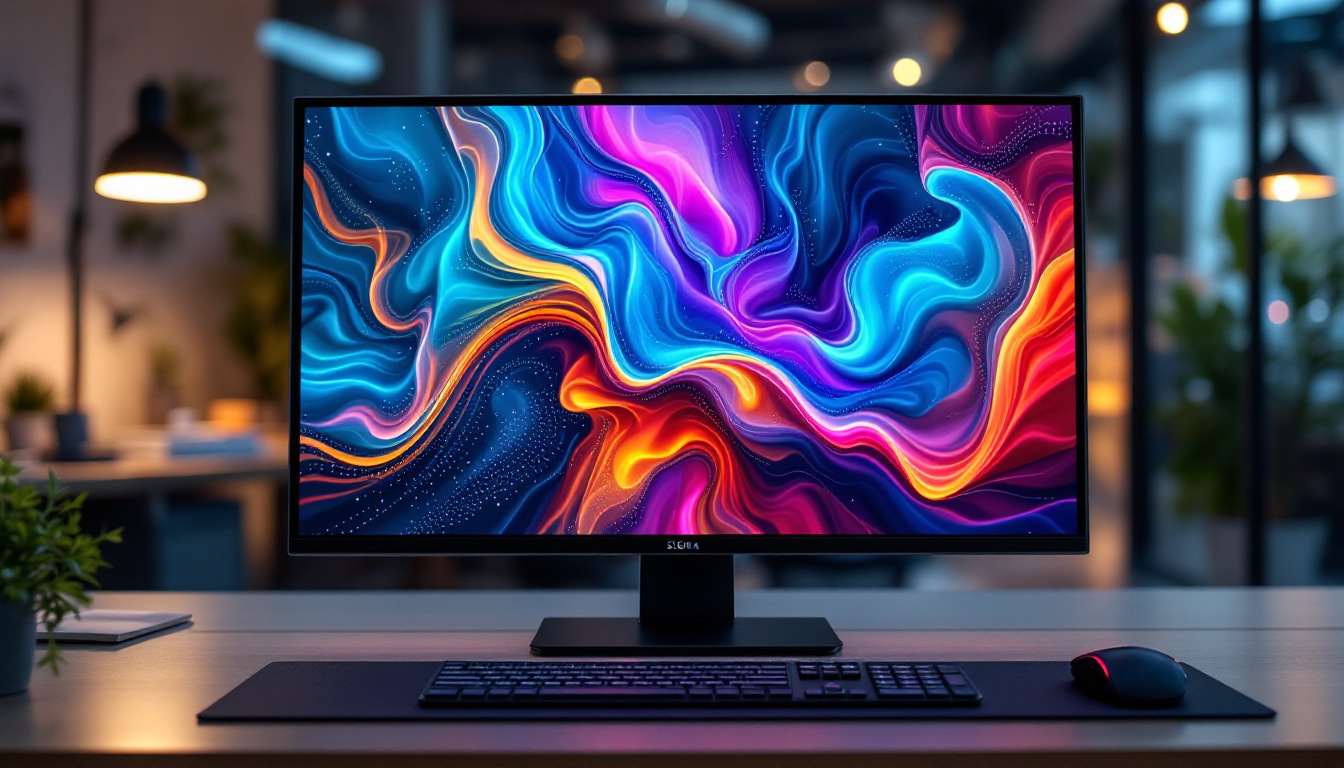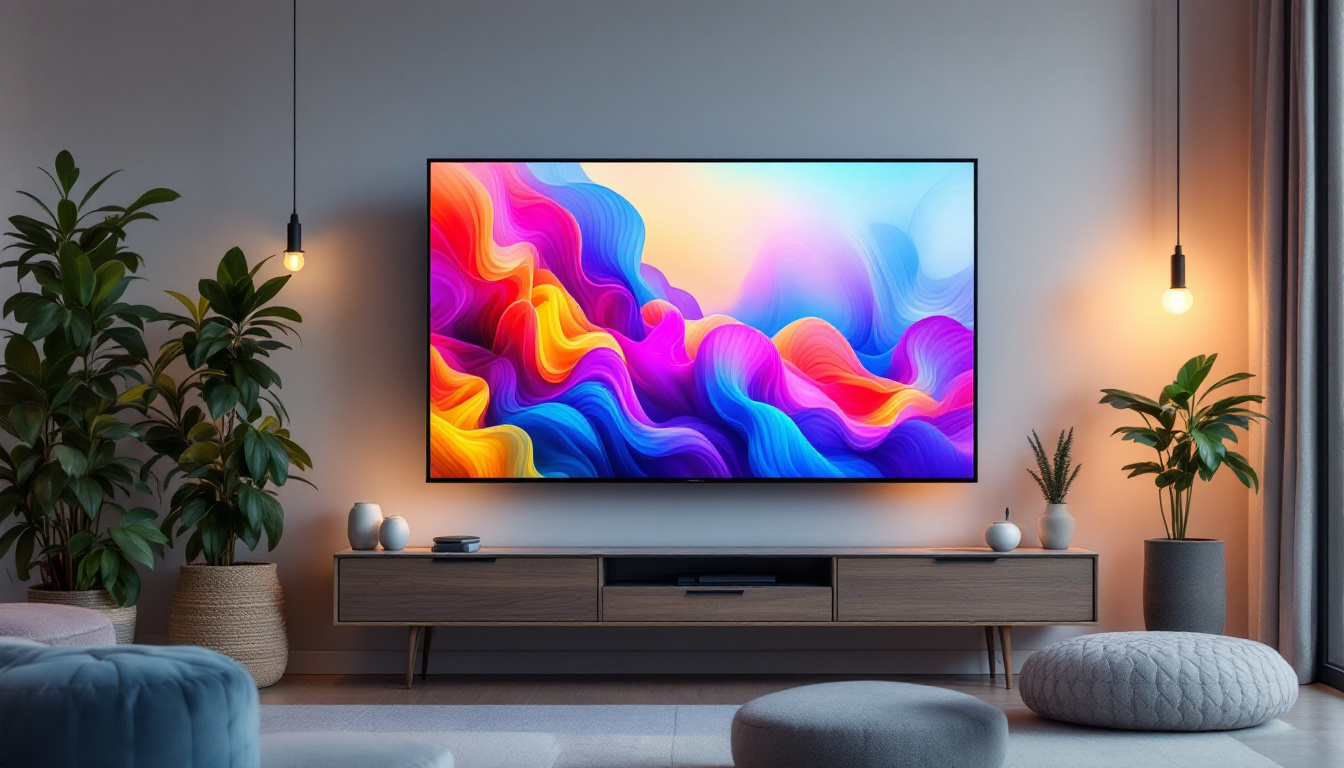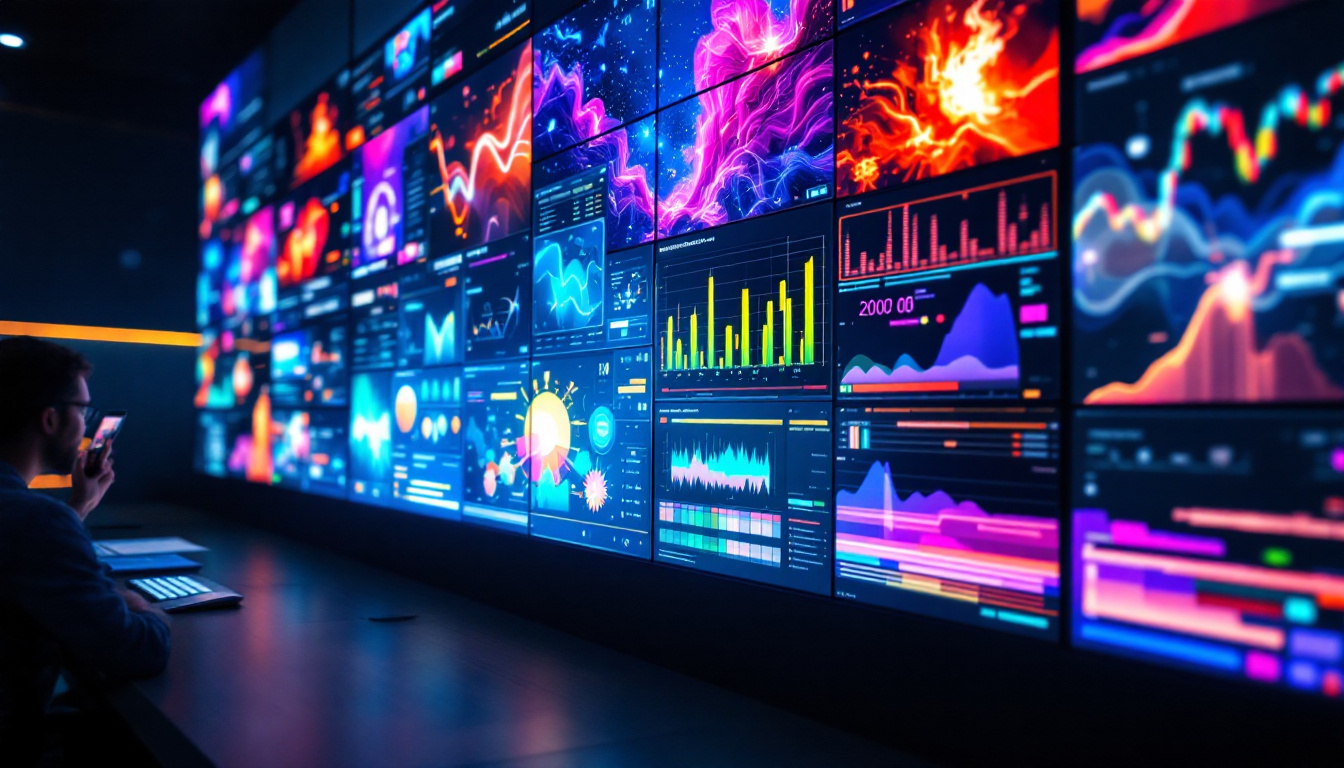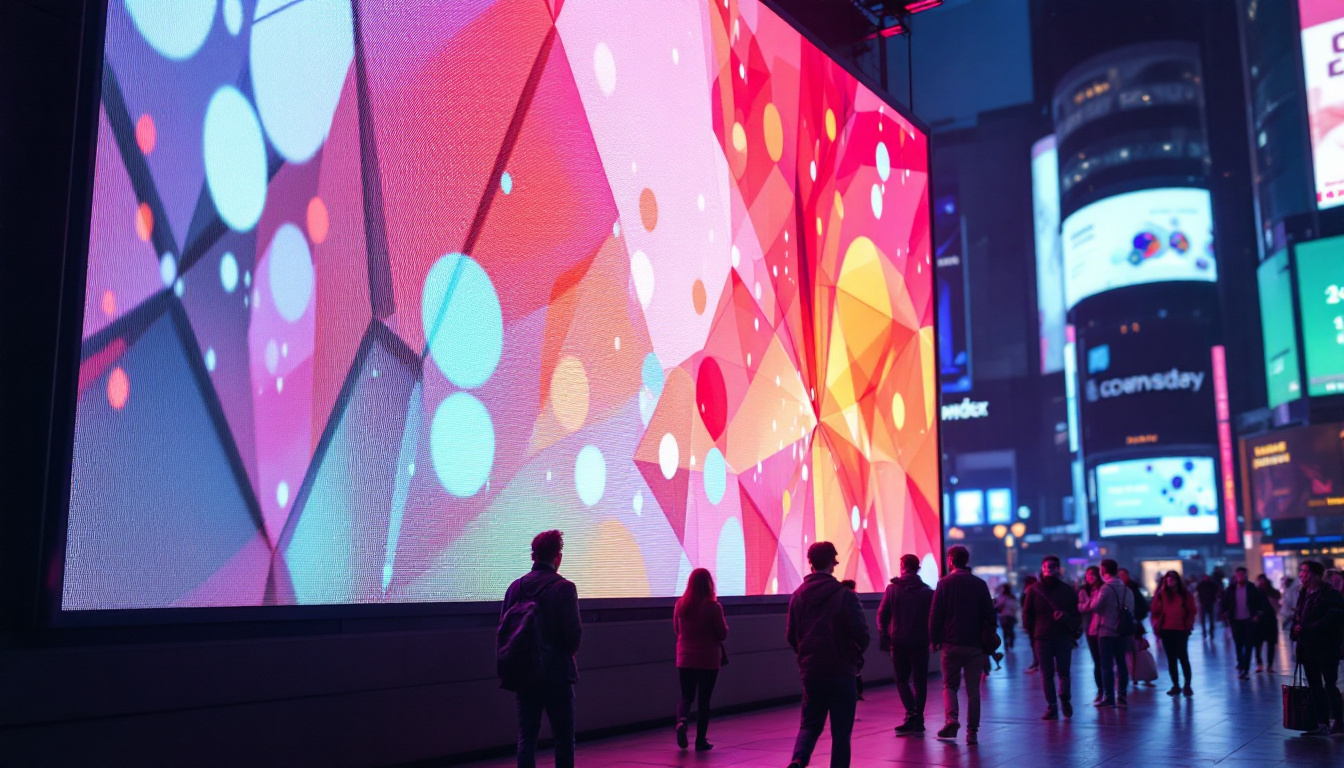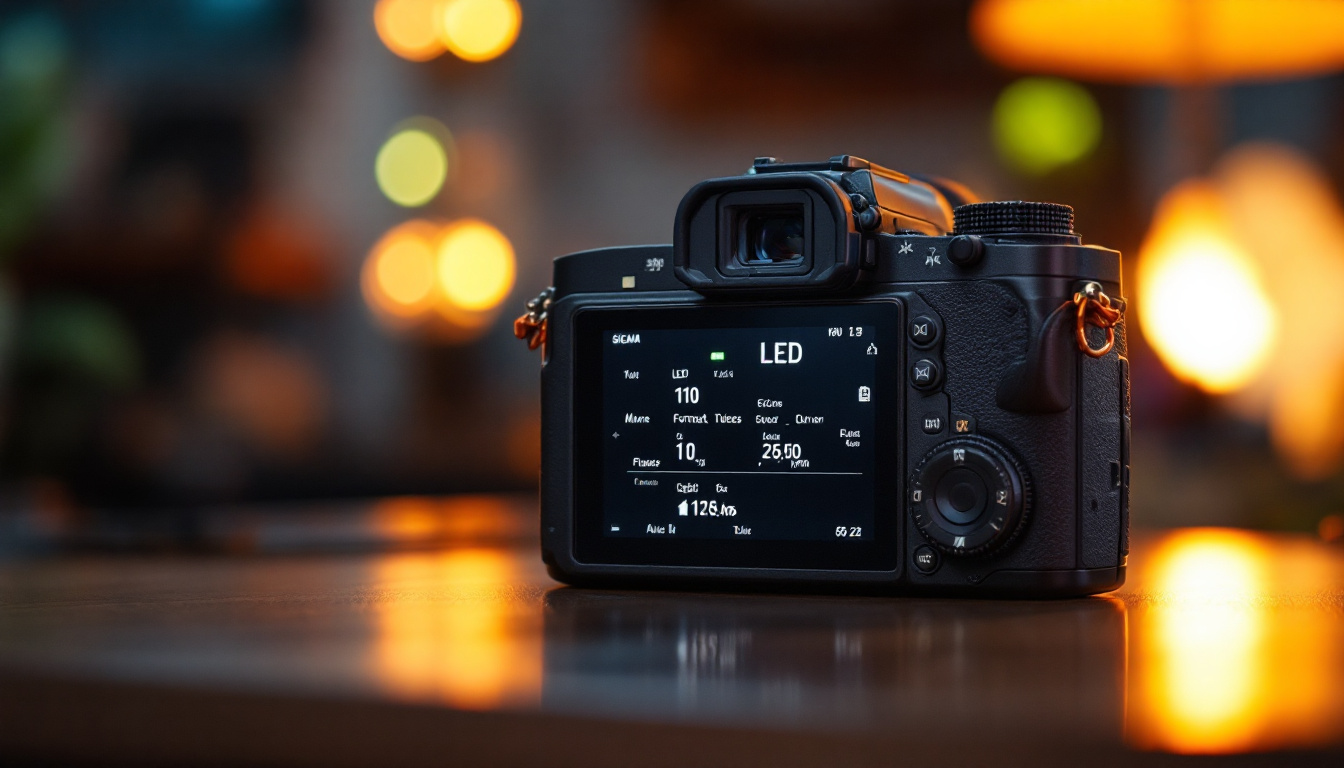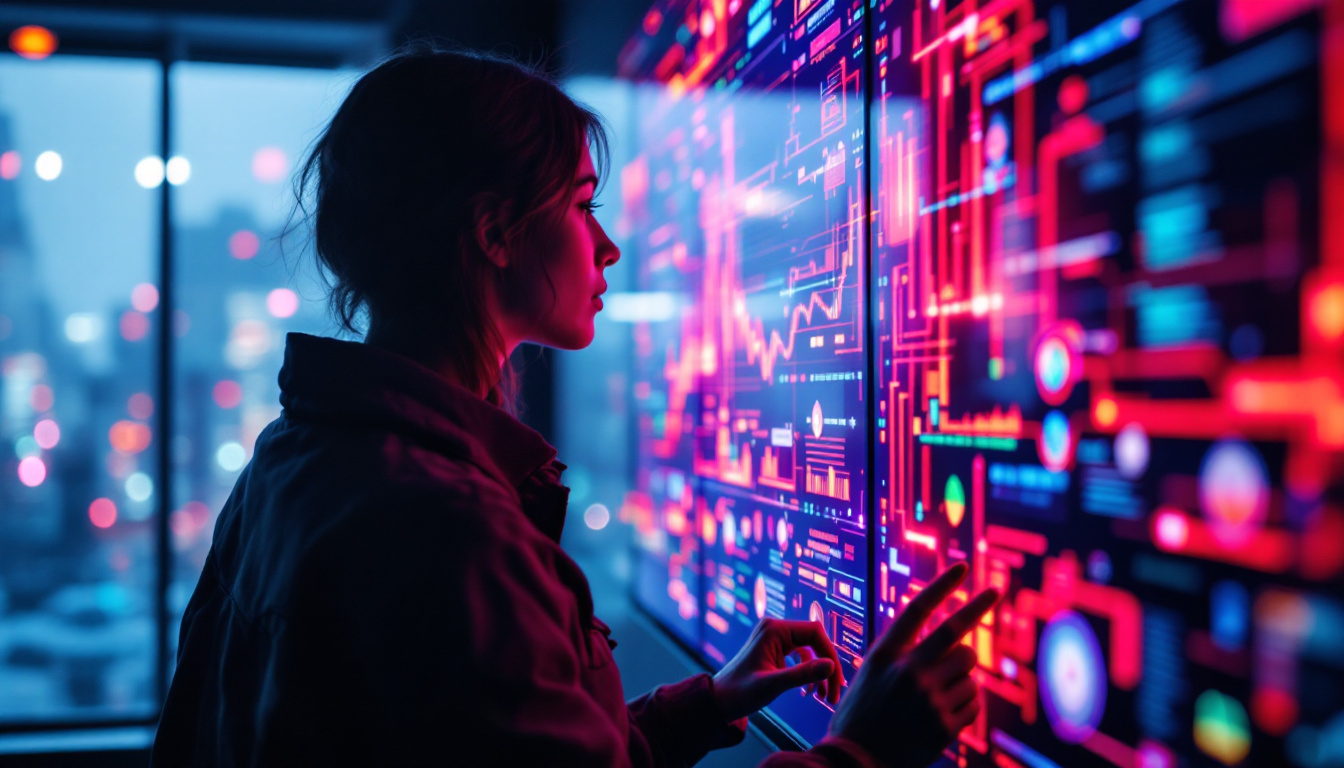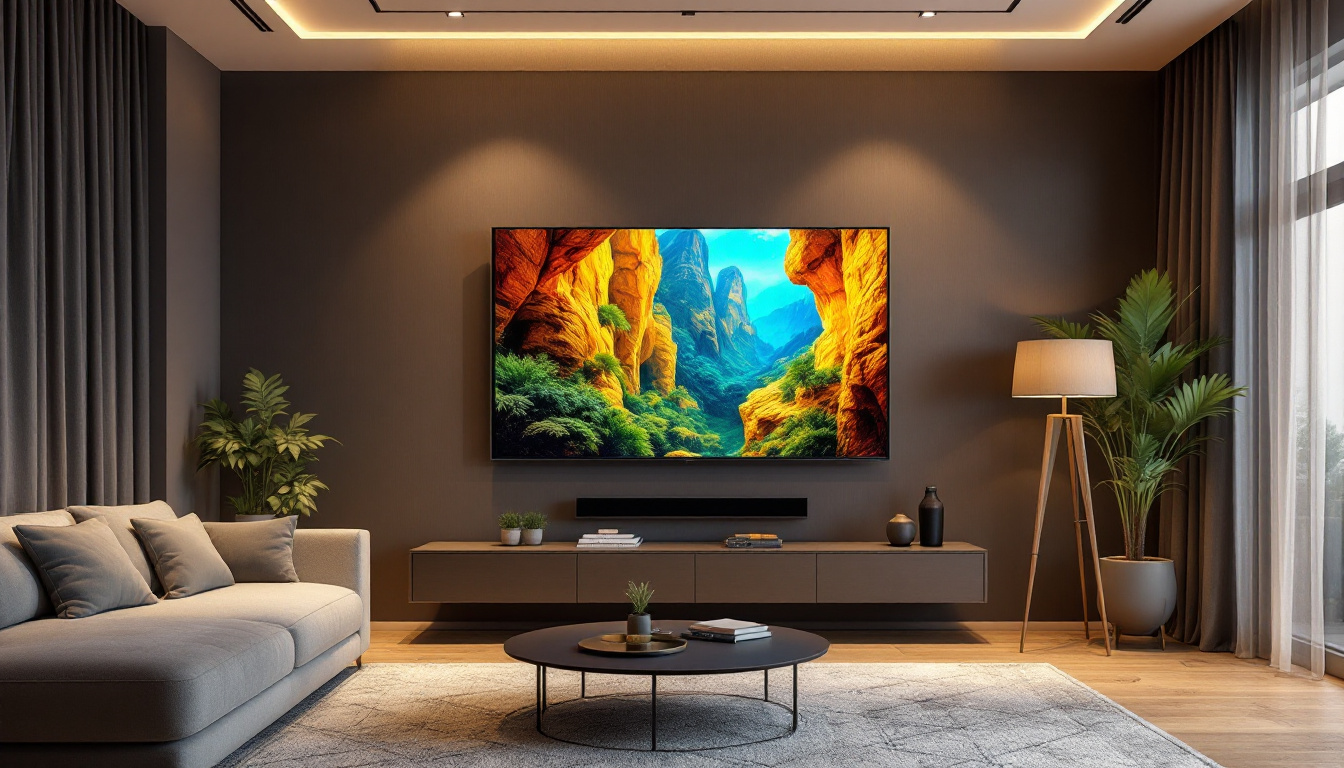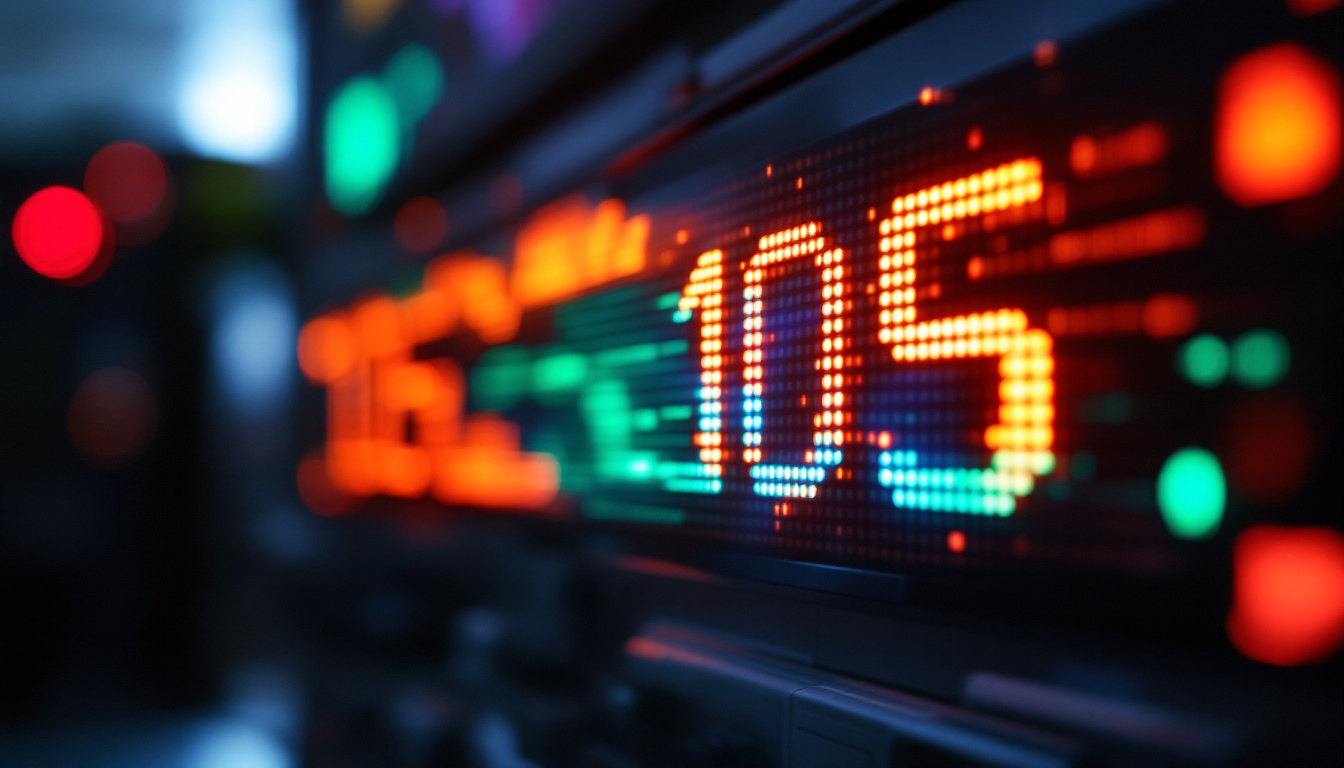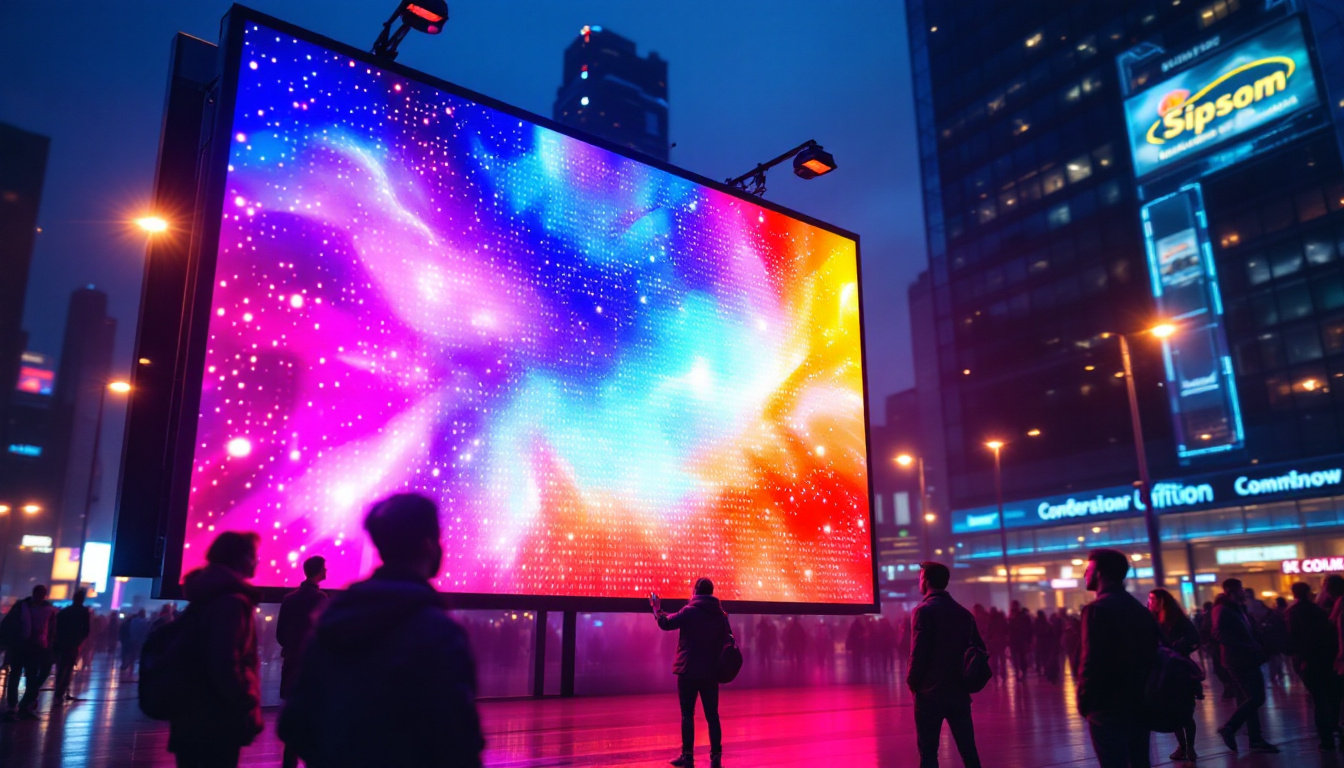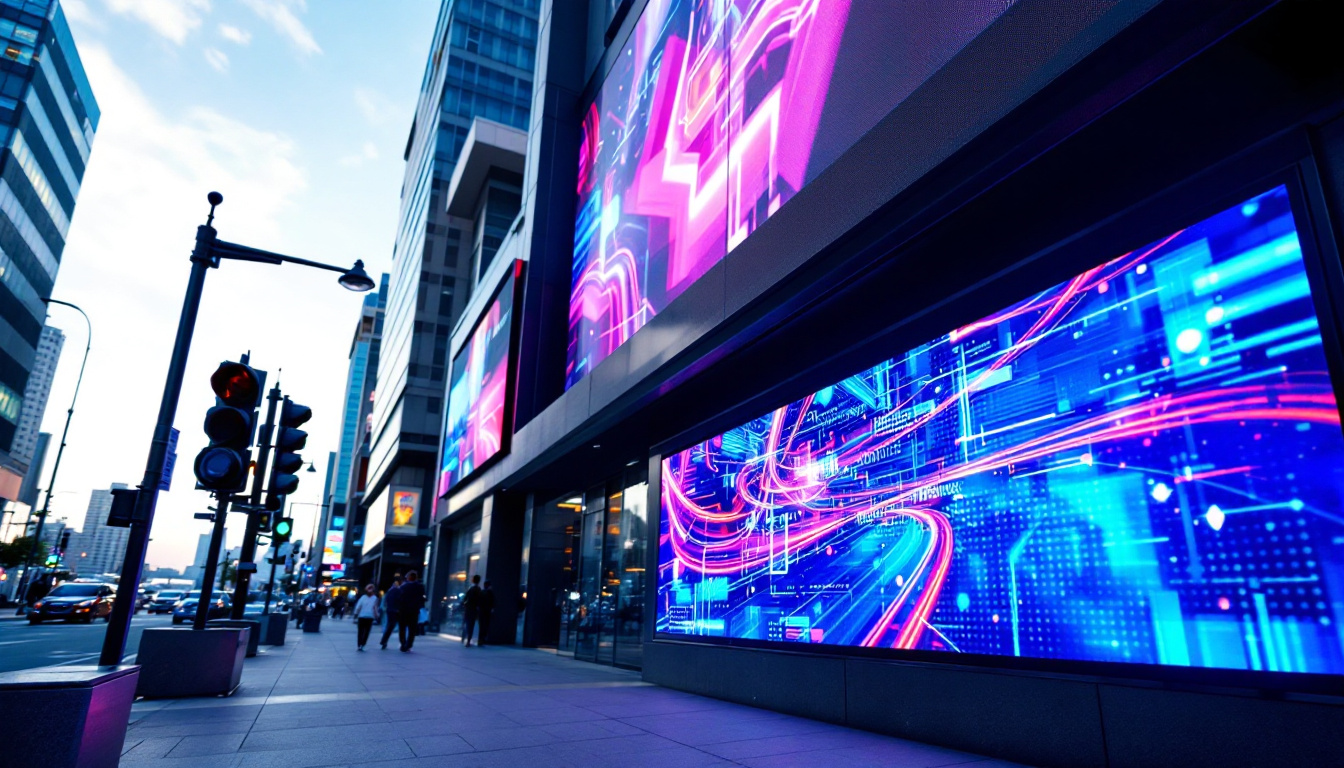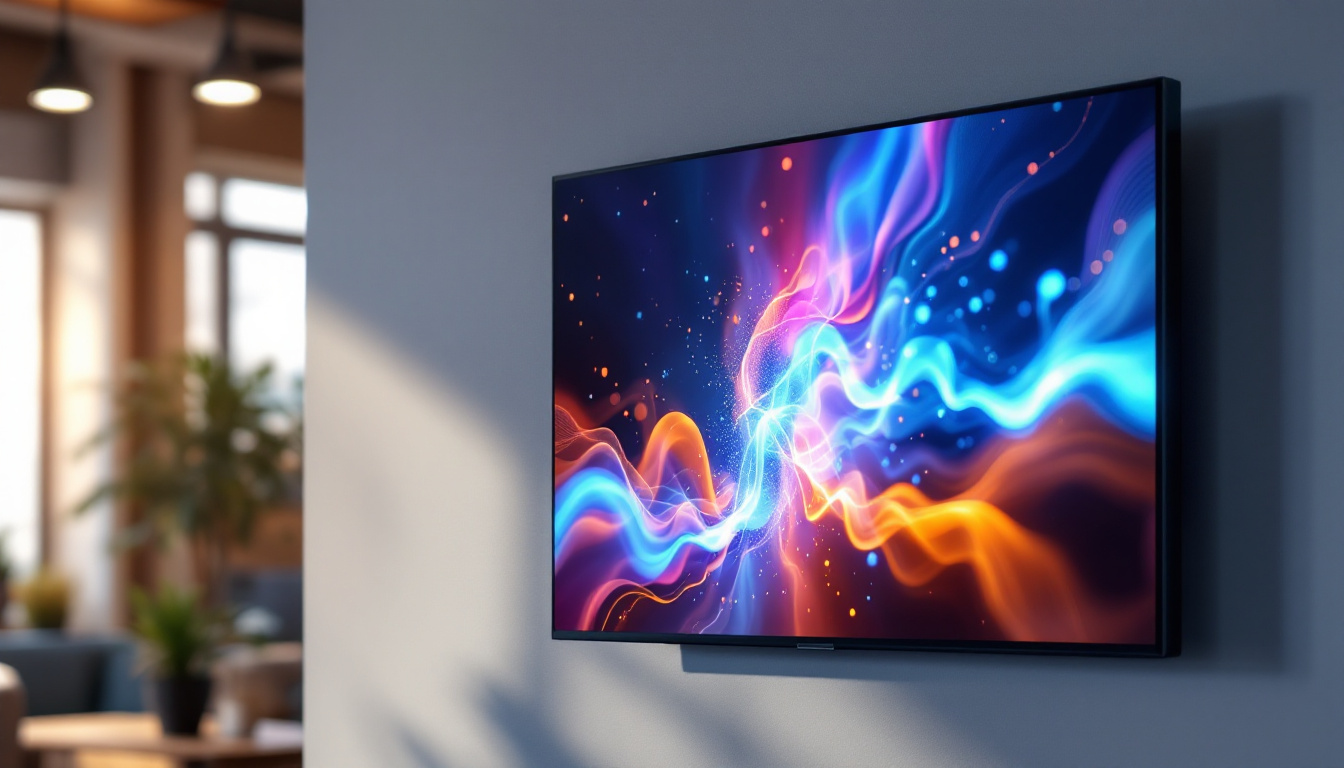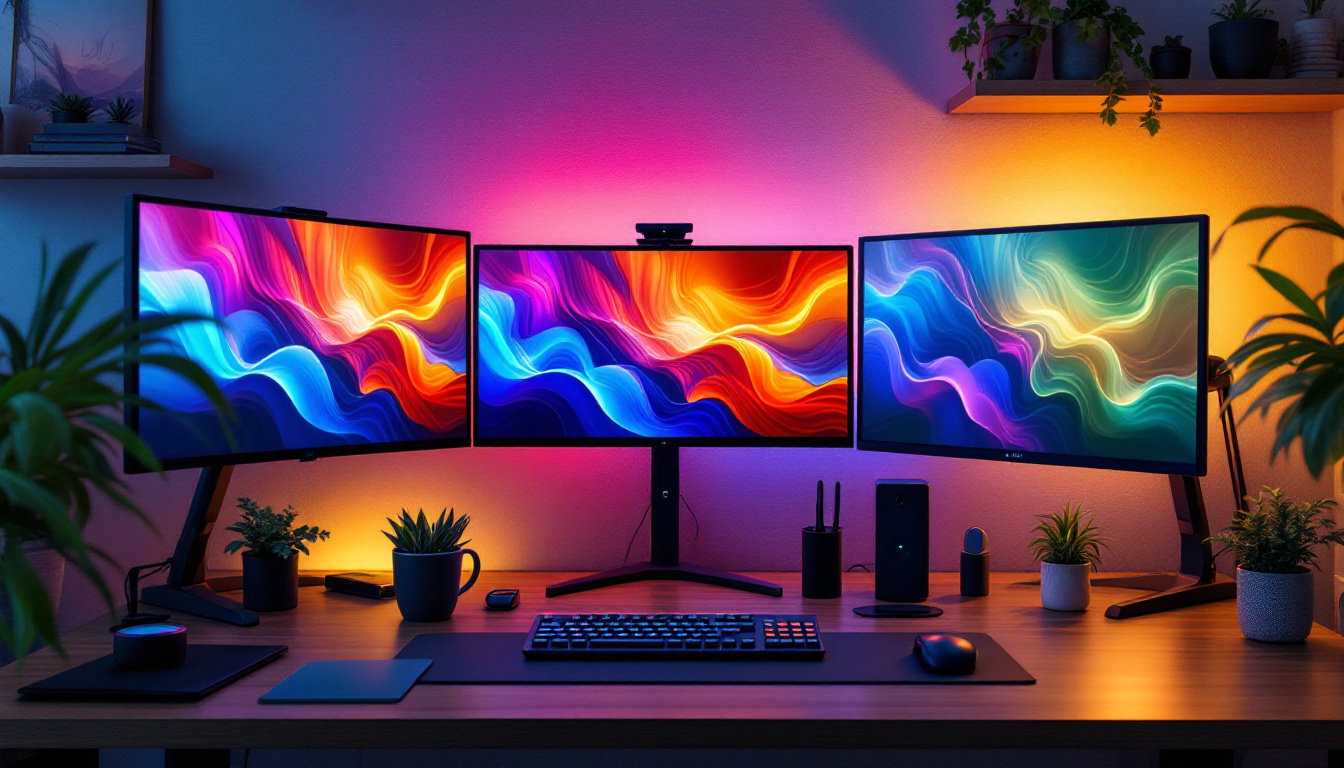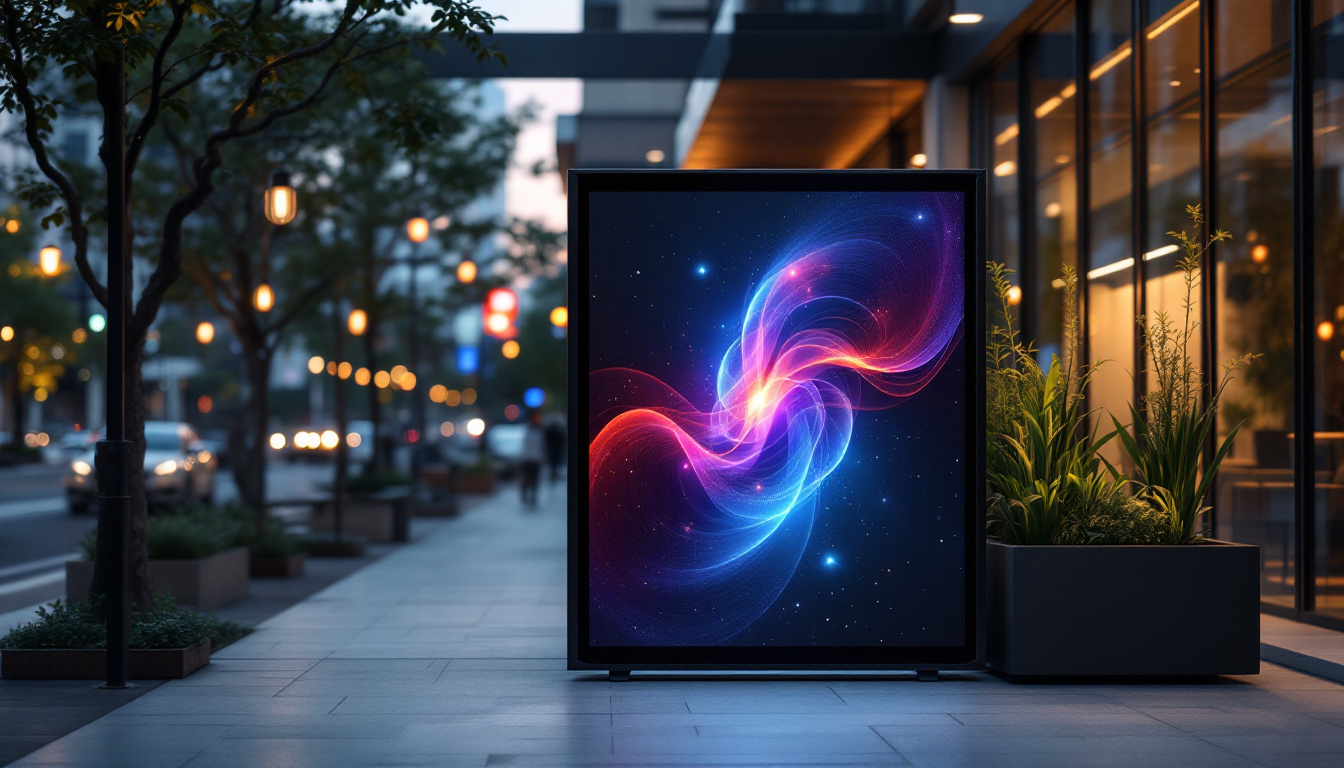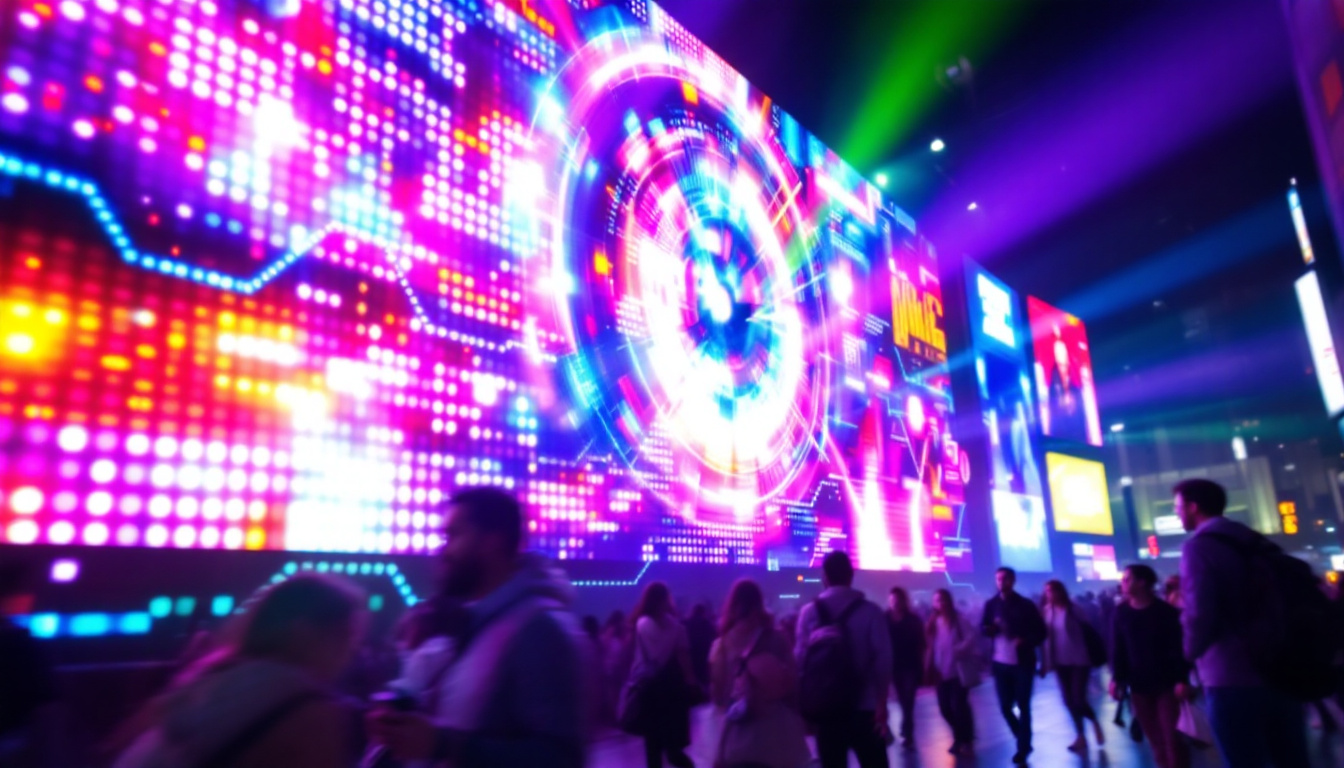In the modern world, visual technology plays a critical role in communication, entertainment, and information dissemination. Among the various display technologies available, LED (Light Emitting Diode) displays have emerged as one of the most reliable and versatile options. This article delves into the intricacies of LED displays, exploring their functionality, advantages, and applications across different sectors.
Understanding LED Technology
LED technology is fundamentally different from traditional display technologies such as LCD (Liquid Crystal Display) or CRT (Cathode Ray Tube). At its core, an LED display utilizes semiconductor materials to emit light when an electric current passes through them. This process creates vibrant colors and sharp images, making LED displays a popular choice for various applications.
The Basics of LED Functionality
LED displays consist of numerous individual light-emitting diodes that work together to produce images. Each diode can emit red, green, or blue light, and by varying the intensity of these colors, a full spectrum of colors can be achieved. This RGB (Red, Green, Blue) color mixing is the foundation of how LED displays create images and videos.
In contrast to LCDs, which rely on backlighting to illuminate the screen, LED displays can be either self-illuminating or backlit. Self-illuminating displays, such as OLED (Organic LED), offer deeper blacks and more vibrant colors since each pixel emits its own light. Backlit LED displays, on the other hand, use a grid of LEDs to illuminate a liquid crystal panel, providing a brighter and more energy-efficient alternative to traditional LCDs.
Types of LED Displays
LED displays come in various forms, each designed for specific uses. The most common types include:
- Direct View LED (DVLED): These displays are made up of individual LEDs that form the entire screen. They are often used in large outdoor billboards and stadium displays due to their high brightness and visibility.
- LED-backlit LCD: This type combines traditional LCD technology with LED backlighting, improving brightness and energy efficiency while maintaining the advantages of LCD screens.
- Organic LED (OLED): OLED displays utilize organic compounds that emit light when an electric current is applied. They are known for their exceptional color accuracy and contrast ratios.
In addition to these common types, there are also specialized LED displays designed for niche applications. For instance, MicroLED technology is emerging as a revolutionary option, offering even smaller pixels for higher resolution and better energy efficiency. MicroLED displays can achieve incredible brightness levels and color accuracy, making them ideal for high-end televisions and professional monitors. Furthermore, they are modular, allowing for customizable screen sizes and shapes, which opens up new possibilities for creative installations in both commercial and residential settings.
Another interesting variant is the Transparent LED display, which allows light to pass through the screen, making it perfect for retail environments where visibility of the products behind the display is essential. These displays can create stunning visual effects while maintaining the functionality of a window or partition, effectively merging digital content with the physical world. As technology continues to evolve, the versatility and applications of LED displays are expected to expand even further, paving the way for innovative uses in advertising, entertainment, and beyond.
Advantages of LED Displays
The rise in popularity of LED displays can be attributed to several key advantages they offer over other display technologies. These benefits make them an attractive choice for consumers and businesses alike.
Energy Efficiency
One of the most significant advantages of LED displays is their energy efficiency. Compared to traditional display technologies, LED screens consume considerably less power. This is particularly beneficial for large installations, such as digital billboards or video walls, where energy costs can accumulate rapidly.
Moreover, LED technology generates less heat, which can lead to lower cooling costs in environments where displays are used extensively. This energy efficiency not only reduces operational expenses but also contributes to a more sustainable approach to technology.
Longevity and Durability
LED displays are known for their longevity, often lasting tens of thousands of hours before requiring replacement. This durability makes them ideal for both indoor and outdoor applications. Unlike traditional displays, which may suffer from screen burn-in or pixel degradation, LED screens maintain their performance over time.
Additionally, many LED displays are designed to withstand harsh environmental conditions, including extreme temperatures, humidity, and exposure to sunlight. This resilience makes them suitable for a wide range of applications, from outdoor advertising to industrial monitoring systems.
High-Quality Visuals
When it comes to image quality, LED displays excel in providing vibrant colors and sharp contrasts. The ability to achieve high brightness levels allows for excellent visibility, even in bright outdoor settings. Furthermore, advancements in technology have led to improved color accuracy and wider viewing angles, enhancing the overall user experience.
Whether used for digital signage, television, or gaming, LED displays deliver stunning visuals that captivate audiences and enhance engagement.
Applications of LED Displays
The versatility of LED displays has led to their adoption across various sectors, each leveraging the technology for different purposes. From advertising to entertainment, the applications of LED displays are vast and varied.
Advertising and Digital Signage
One of the most prominent uses of LED displays is in advertising and digital signage. Businesses utilize LED screens to showcase promotions, announcements, and brand messages in a dynamic and eye-catching manner. The ability to change content quickly and remotely makes LED displays a powerful tool for marketers.
Outdoor LED billboards have become a staple in urban environments, providing high visibility and attracting potential customers. These displays can be programmed to show different advertisements throughout the day, maximizing exposure and engagement.
Entertainment and Events
In the entertainment industry, LED displays are widely used in concerts, festivals, and sporting events. Large-scale LED screens enhance the audience’s experience by providing high-quality visuals that complement live performances. They can display everything from close-up shots of performers to dynamic visual effects, creating an immersive atmosphere.
Moreover, LED technology is also utilized in theaters and cinemas, where it enhances the viewing experience with vibrant colors and deep contrasts. This has led to the rise of LED walls in stage productions, providing a versatile backdrop that can change with the performance.
Corporate and Educational Use
In corporate environments, LED displays are employed for presentations, meetings, and training sessions. Their ability to display high-resolution graphics and videos makes them ideal for conveying complex information effectively. Interactive LED screens also facilitate collaboration and engagement during meetings.
Similarly, educational institutions have adopted LED displays for classrooms and auditoriums. These screens can enhance learning by providing visual aids and interactive content, making lessons more engaging for students.
Challenges and Considerations
While LED displays offer numerous advantages, there are also challenges and considerations that users must keep in mind. Understanding these aspects is crucial for making informed decisions about display technology.
Initial Costs
One of the primary challenges associated with LED displays is the initial investment. High-quality LED screens can be more expensive than traditional display technologies, which may deter some businesses or individuals from making the switch. However, it is essential to consider the long-term savings associated with energy efficiency and durability.
In many cases, the initial costs can be offset by the reduced operational expenses over time, making LED displays a cost-effective solution in the long run.
Maintenance and Repair
Although LED displays are known for their longevity, they may still require maintenance and occasional repairs. Factors such as environmental conditions and usage patterns can impact the lifespan of the display. Regular maintenance checks can help identify potential issues before they escalate, ensuring optimal performance.
Additionally, while many LED displays are designed for durability, accidental damage can occur. It is essential to have a plan in place for repairs, which may involve specialized technicians or replacement parts.
The Future of LED Display Technology
As technology continues to evolve, the future of LED displays looks promising. Innovations in materials, design, and functionality are paving the way for even more advanced displays that cater to a wide range of applications.
Advancements in Display Technology
Research and development in LED technology are focused on enhancing color accuracy, brightness, and energy efficiency. New materials and manufacturing techniques are being explored to create thinner, lighter, and more flexible displays. This could lead to the emergence of innovative applications, such as wearable displays and integrated screens in everyday objects.
Furthermore, advancements in smart technology are enabling LED displays to become more interactive and responsive. Features such as touch sensitivity and integration with IoT (Internet of Things) devices are becoming increasingly common, allowing for a more engaging user experience.
Environmental Considerations
As sustainability becomes a priority for many industries, LED technology is well-positioned to meet these demands. The energy efficiency and longevity of LED displays contribute to a lower carbon footprint, making them an environmentally friendly choice.
Future developments may also focus on recyclability and the use of sustainable materials in manufacturing LED displays, further enhancing their appeal in a world that is increasingly conscious of environmental impact.
Conclusion
LED displays have revolutionized the way visual information is presented, offering unmatched advantages in terms of energy efficiency, longevity, and visual quality. Their diverse applications across advertising, entertainment, corporate, and educational sectors highlight their versatility and importance in modern communication.
While challenges such as initial costs and maintenance exist, the benefits of LED technology far outweigh these concerns. As advancements continue to emerge, LED displays will undoubtedly play a crucial role in shaping the future of visual technology, making them a reliable choice for businesses and consumers alike.
In a world where visual engagement is paramount, understanding and embracing LED display technology is essential for staying ahead in the ever-evolving landscape of communication and entertainment.
Discover the Future of Visual Engagement with LumenMatrix
Ready to elevate your visual communication and captivate your audience like never before? Explore LumenMatrix’s comprehensive range of LED display solutions, where innovation meets excellence. From Indoor and Outdoor LED Wall Displays to specialized options like Vehicle LED Displays, LED Sports Displays, and even Custom LED solutions, LumenMatrix is at the forefront of creating immersive visual experiences. Whether you’re looking to enhance brand visibility or create a dynamic environment, our state-of-the-art LED display modules are designed to make a lasting impact. Check out LumenMatrix LED Display Solutions today and join the revolution in digital signage and display technology.

